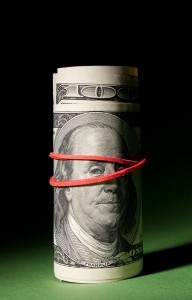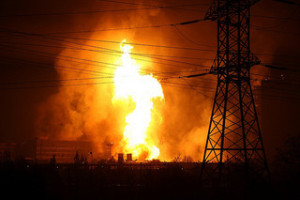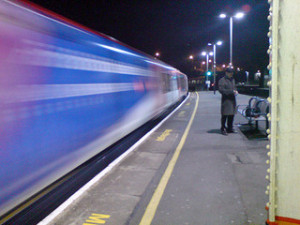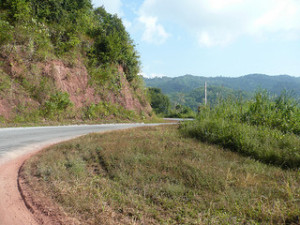The landlord/tenant relationship can be tricky and difficult to navigate. Many tenants inherently feel like they are at the mercy of their landlord if they want to be able to remain in their home. They do not feel like they are in a position to challenge their landlord’s behaviors or dispute landlord fees. One area in which tenants may be charged fees – and feel powerless to fight those fees – is the security deposit. Often, a tenant moves out only to receive an itemized receipt detailing the various deductions from the security deposit, and believes that he or she has no way to challenge those deductions. 
Class Action Requires Landlords to Repay Fees from Security Deposits
According to NBC, thirty-one apartment complexes from Southern California have reached a settlement with tenants from as far back as 2008, who argued that the complexes inappropriately deducted fees from security deposits. Specifically, the renters asserted that fees for normal wear and tear – new paint, replacing carpet or flooring – violated California’s law which specifies what can and cannot be deducted from a security deposit. About 10,000 tenants and former tenants have been notified of the settlement, and may be entitled to a payout from the settlement.
 San Francisco Injury Lawyer Blog
San Francisco Injury Lawyer Blog

















